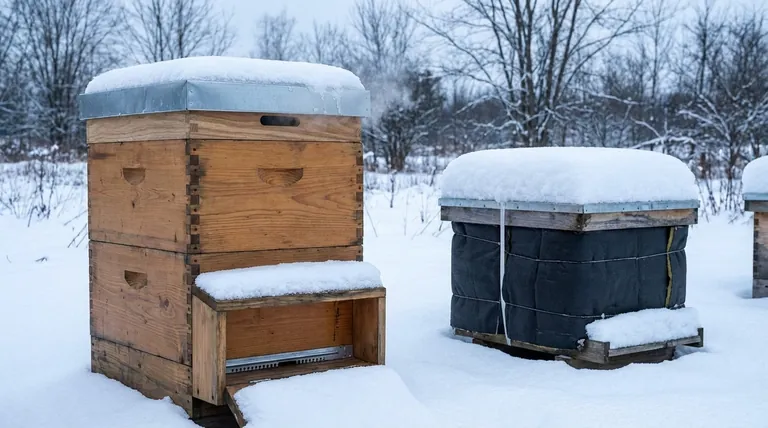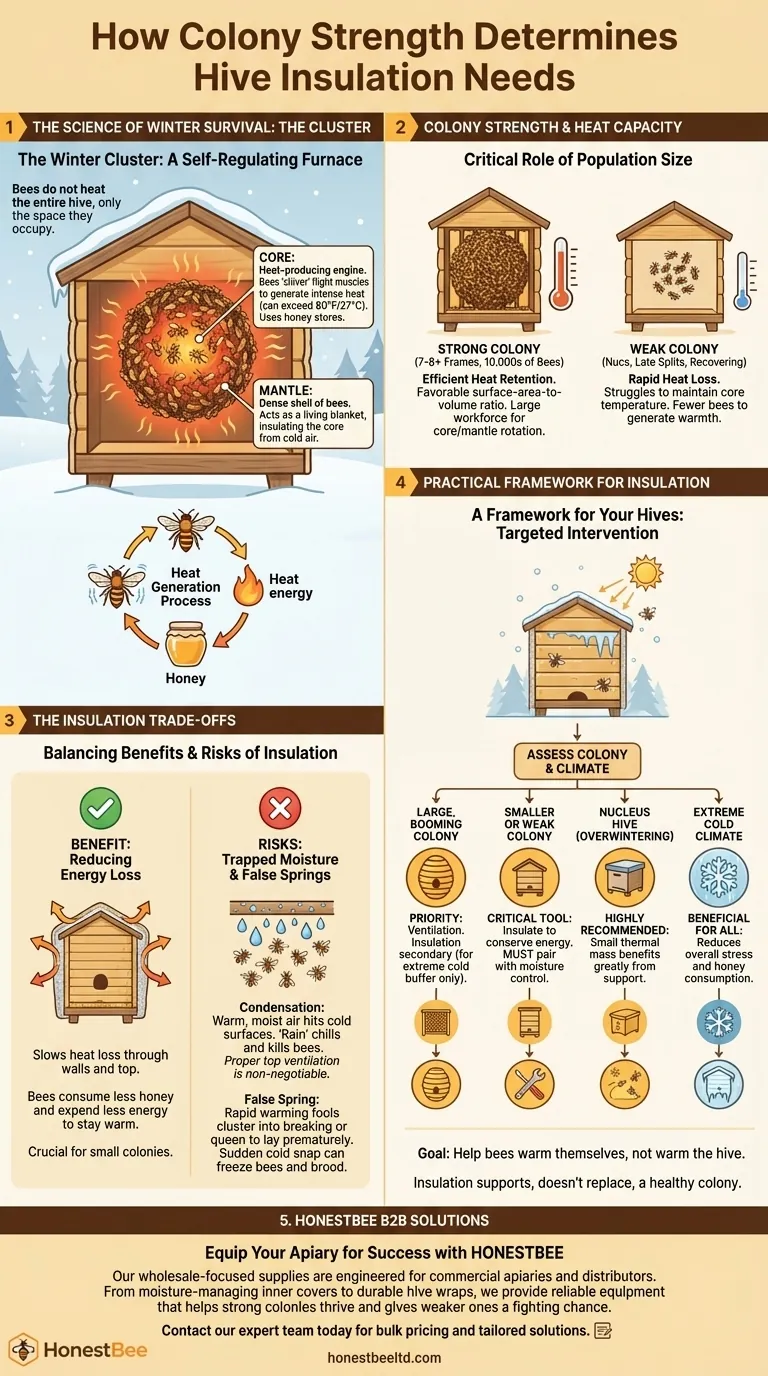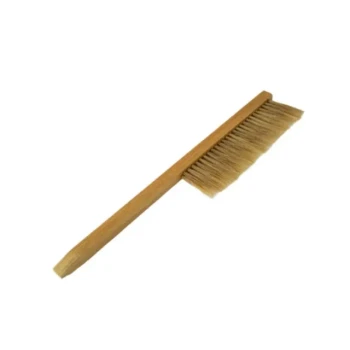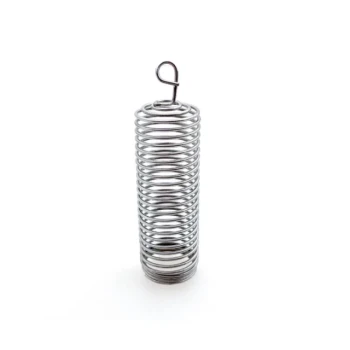A colony's population and health are the single most important factors in determining its need for hive insulation. A large, robust colony functions as a highly efficient, self-regulating furnace that can endure cold temperatures with minimal assistance. Conversely, a smaller or weaker colony has a much lower capacity for heat generation and may depend on insulation to survive the winter.
Your primary goal is not to warm the hive, but to help the bees warm themselves. Insulation should be seen as a tool to support a colony's own heat-generating efforts, not as a replacement for a strong, healthy population.

The Physics of the Winter Cluster
To decide on insulation, you must first understand how a honey bee colony survives the winter. It does not heat the entire hive box; it only heats the space it occupies.
How Bees Generate Heat
Bees create warmth by forming a tight ball known as the winter cluster. The bees in the core of this cluster generate intense heat by rapidly contracting their thoracic (flight) muscles without moving their wings, essentially "shivering." This activity consumes significant energy, which is fueled by their honey stores.
The Structure of the Cluster
The cluster has two main parts. The inner core is the heat-producing engine, maintaining temperatures that can exceed 80°F (27°C) even on freezing days. The outer mantle is a dense shell of bees, several layers deep, that serves as a living blanket, insulating the core from the cold air outside the cluster.
The Critical Role of Population Size
A large colony with tens of thousands of bees has a significant advantage. Its larger cluster has a more favorable surface-area-to-volume ratio, meaning it loses heat more slowly. It also possesses a larger workforce to rotate between the cold outer mantle and the warm inner core, preventing any single bee from getting too cold. A small colony struggles because its small cluster loses heat rapidly and has fewer bees to generate warmth.
Assessing Colony Strength for Winter
Knowing whether your colony is "strong" or "weak" is crucial before you even consider insulation.
Markers of a Strong Colony
A colony is well-prepared for winter if it covers at least seven to eight deep frames ("seams" of bees) in late autumn. It should also have a vigorous, young queen, low mite counts, and ample honey stores to fuel its winter survival. These colonies are often self-sufficient.
Signs of a Weaker Colony
A weaker colony, such as a late-season split, a small nucleus hive, or one recovering from disease, may only cover a few frames. With a smaller population, its ability to generate and retain heat is severely compromised, making it a prime candidate for supportive measures like insulation.
Understanding the Trade-offs of Insulation
Insulation is not a universally positive intervention. You must weigh the benefits against the potential drawbacks, as improper use can do more harm than good.
The Primary Benefit: Reducing Energy Loss
The main purpose of insulation is to reduce the temperature gradient between the winter cluster and the outside air. By slowing heat loss through the hive walls and top, you enable the bees to expend less energy (and consume less honey) to maintain their core temperature. This is especially valuable for smaller colonies with limited resources.
The Critical Risk: Trapped Moisture
The most significant danger of a well-insulated or poorly-ventilated hive is condensation. As the bees respire, they release warm, moist air. When this air hits a cold inner surface (like the hive lid), it condenses into water droplets. This "rain" can drip down onto the cluster, chilling and even killing the bees. Proper top ventilation is non-negotiable when using insulation.
The Secondary Risk: A False Spring
An overly insulated hive can warm up rapidly on a sunny winter day, fooling the cluster into breaking apart or encouraging the queen to begin laying eggs prematurely. If a sudden cold snap follows, a scattered cluster or new brood can quickly freeze, leading to a major setback or colony death.
A Practical Framework for Your Hives
Your decision to insulate should be based on a combination of colony strength and your local climate.
- If you have a large, booming colony: Your first priority should be ensuring adequate ventilation to manage moisture. Insulation is a secondary concern and may only be necessary in the harshest climates to provide a buffer from extreme temperature swings.
- If you have a smaller or weaker colony: Insulation can be a critical tool. It helps the small cluster conserve its limited energy, increasing its chances of survival. Pair insulation with diligent moisture control.
- If your primary focus is overwintering a nucleus hive: Insulation is almost always recommended. These small colonies have a very small thermal mass and will benefit greatly from the support.
- If you live in an extremely cold climate: All colonies, regardless of strength, can benefit from properly applied insulation to reduce overall stress and honey consumption.
Ultimately, view insulation as a targeted intervention based on need, not a default practice, and always prioritize the fundamental health of the bees themselves.
Summary Table:
| Colony Strength | Need for Insulation | Key Considerations |
|---|---|---|
| Large & Healthy (7-8+ frames) | Low (often unnecessary) | Prioritize top ventilation to prevent condensation. |
| Small or Weak (Nucs, recovering colonies) | High (often critical) | Essential for conserving energy; must be paired with moisture control. |
| Extreme Cold Climates | Beneficial for all colonies | Reduces overall stress and honey consumption when properly applied. |
Equip your apiary for winter success with HONESTBEE. Our wholesale-focused supplies are engineered to support the specific needs of commercial apiaries and beekeeping equipment distributors. From moisture-managing inner covers to durable hive wraps, we provide the reliable equipment that helps strong colonies thrive and gives weaker ones a fighting chance. Let's discuss your winter preparation strategy. Contact our expert team today for bulk pricing and tailored solutions.
Visual Guide

Related Products
- Inner Beehive Cover for Beekeeping Bee Hive Inner Cover
- Professional Drop-Style Hive Handles for Beekeeping
- Professional Engraved Round Hive Number Tags for Beekeeping
- Professional Plastic Queen Excluder for Modern Beekeeping
- Langstroth Screen Bottom Board for Beekeeping Wholesale
People Also Ask
- What is the function of the center hole in the inner cover? Master Hive Ventilation and Feeding
- What is the role of inner covers in insulated beehives? Master Moisture Control for a Healthy Colony
- How is the inner cover used to promote ventilation? Master Hive Climate Control for Healthy Bees
- What is the purpose of the inner cover in a beehive? A Key to Hive Health & Easy Management
- What is the recommended orientation for the rim of an inner cover? Master Hive Ventilation and Insulation



















